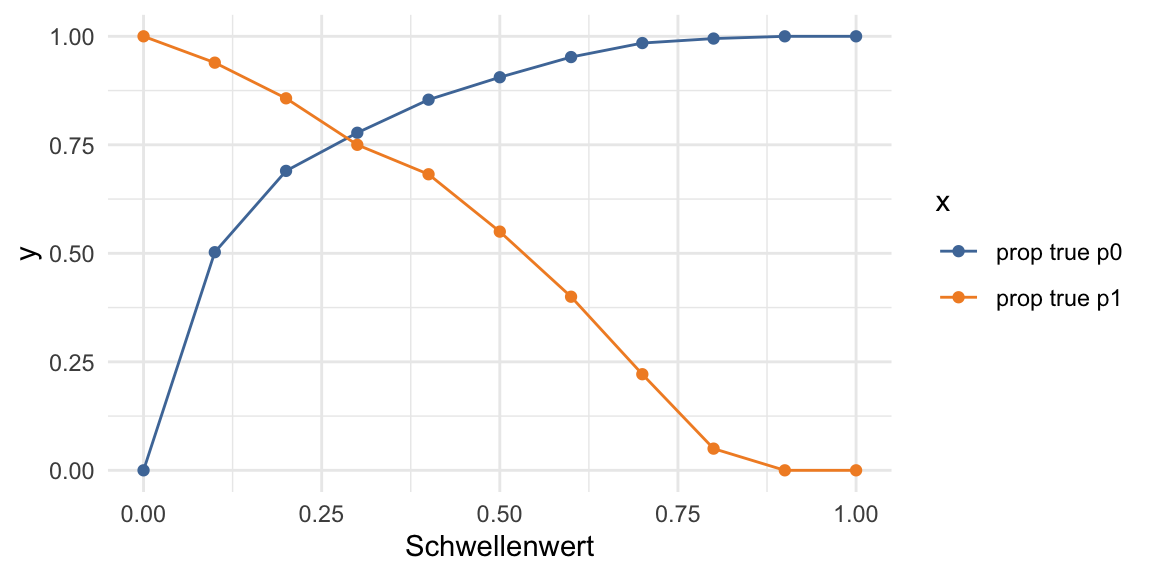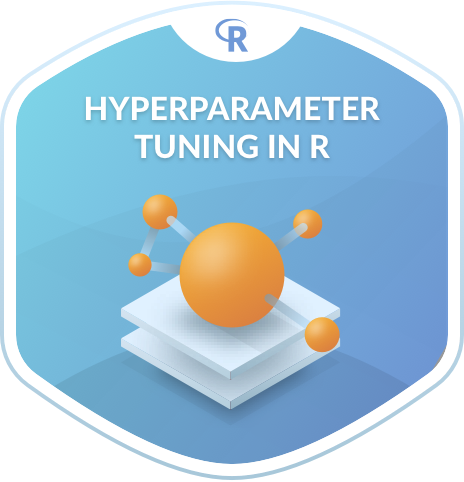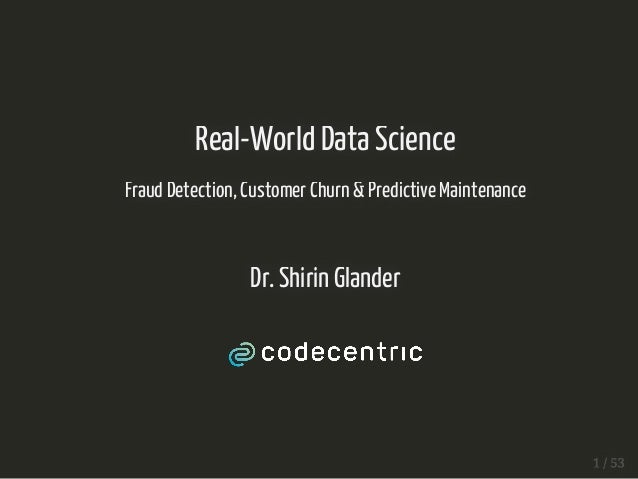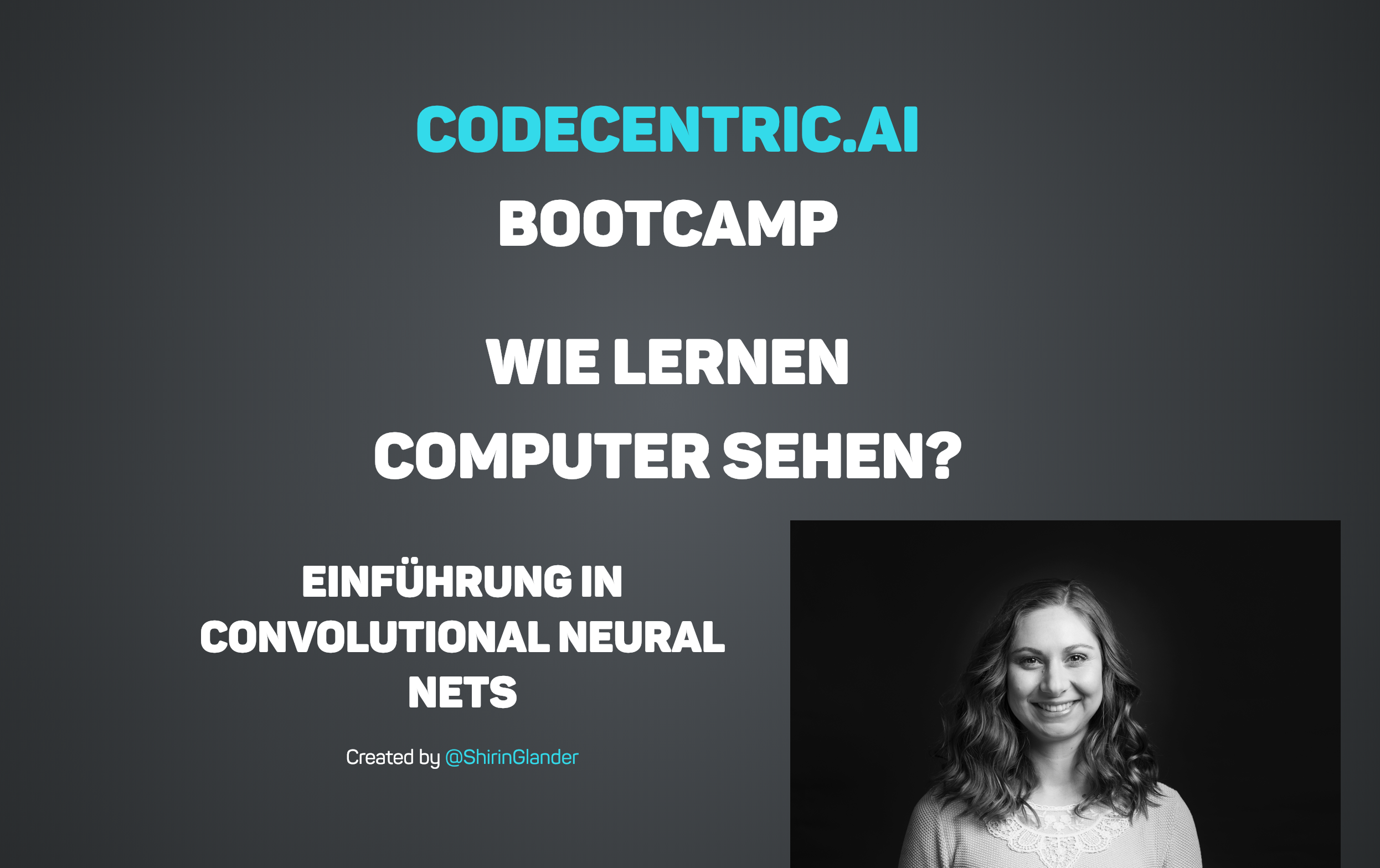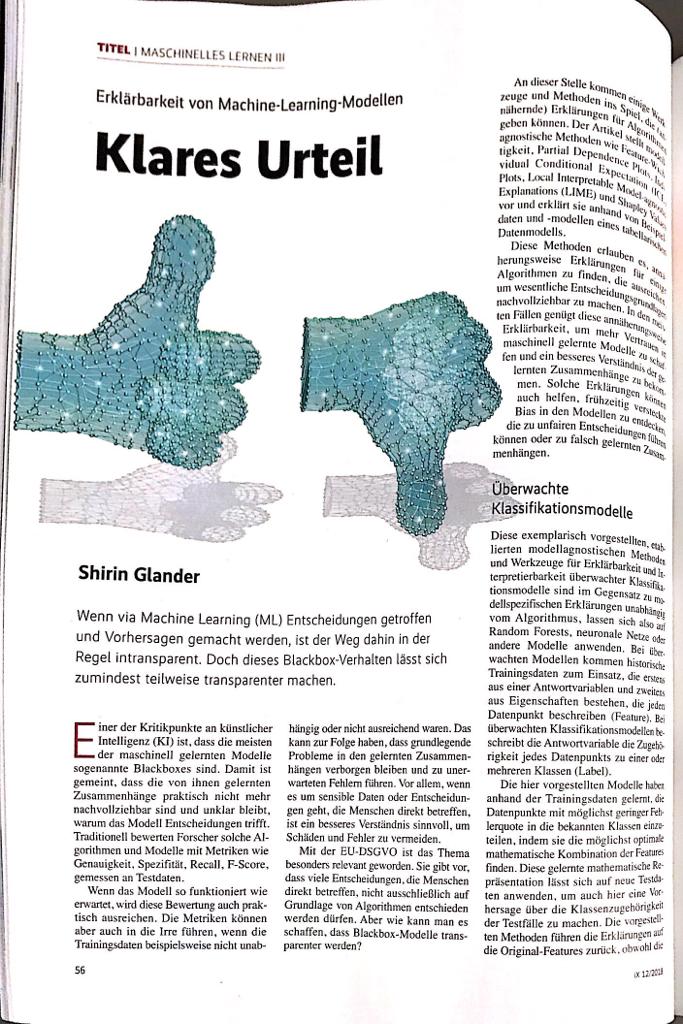This is an UPDATE to this old post with updated links & descriptions
This is code that accompanies a book chapter on customer churn that I have written for the German dpunkt Verlag. The book is in German, however.
The code you find below can be used to recreate all figures and analyses from this book chapter. Because the content is exclusively for the book, my descriptions around the code had to be minimal.
